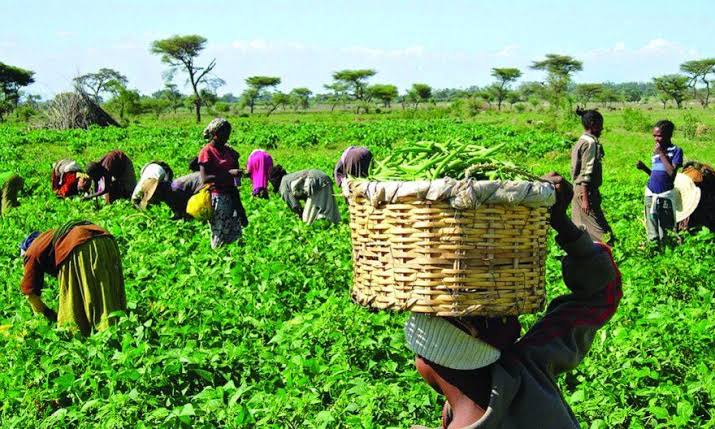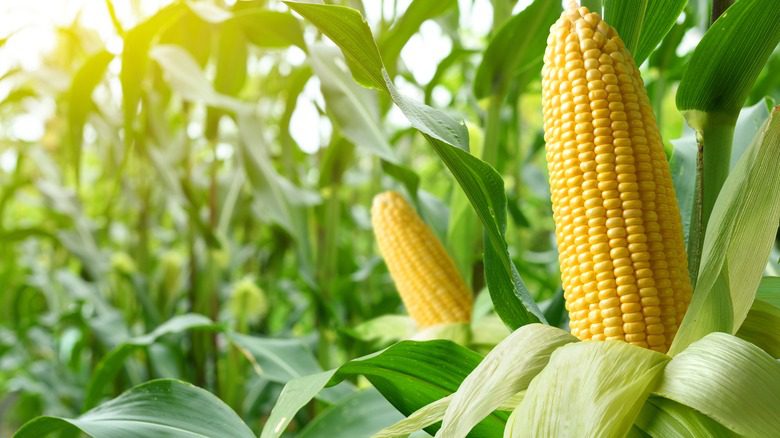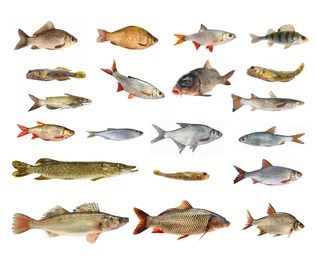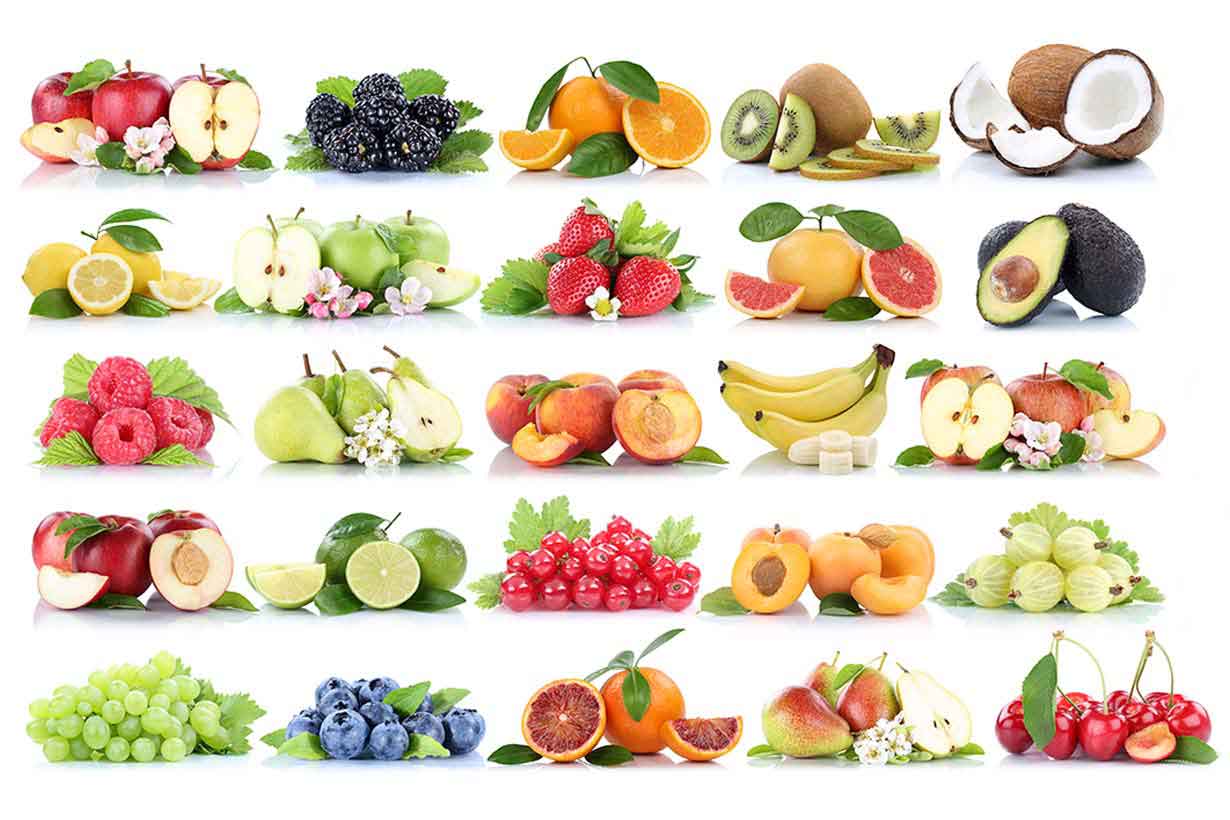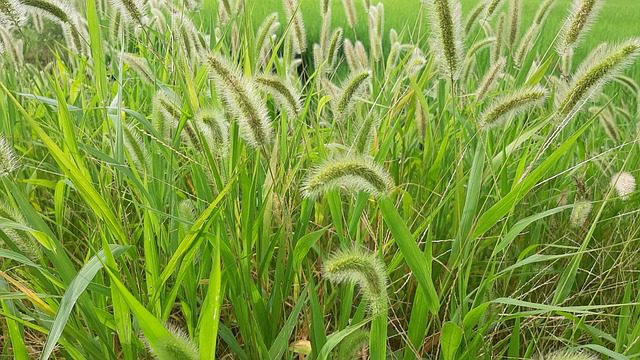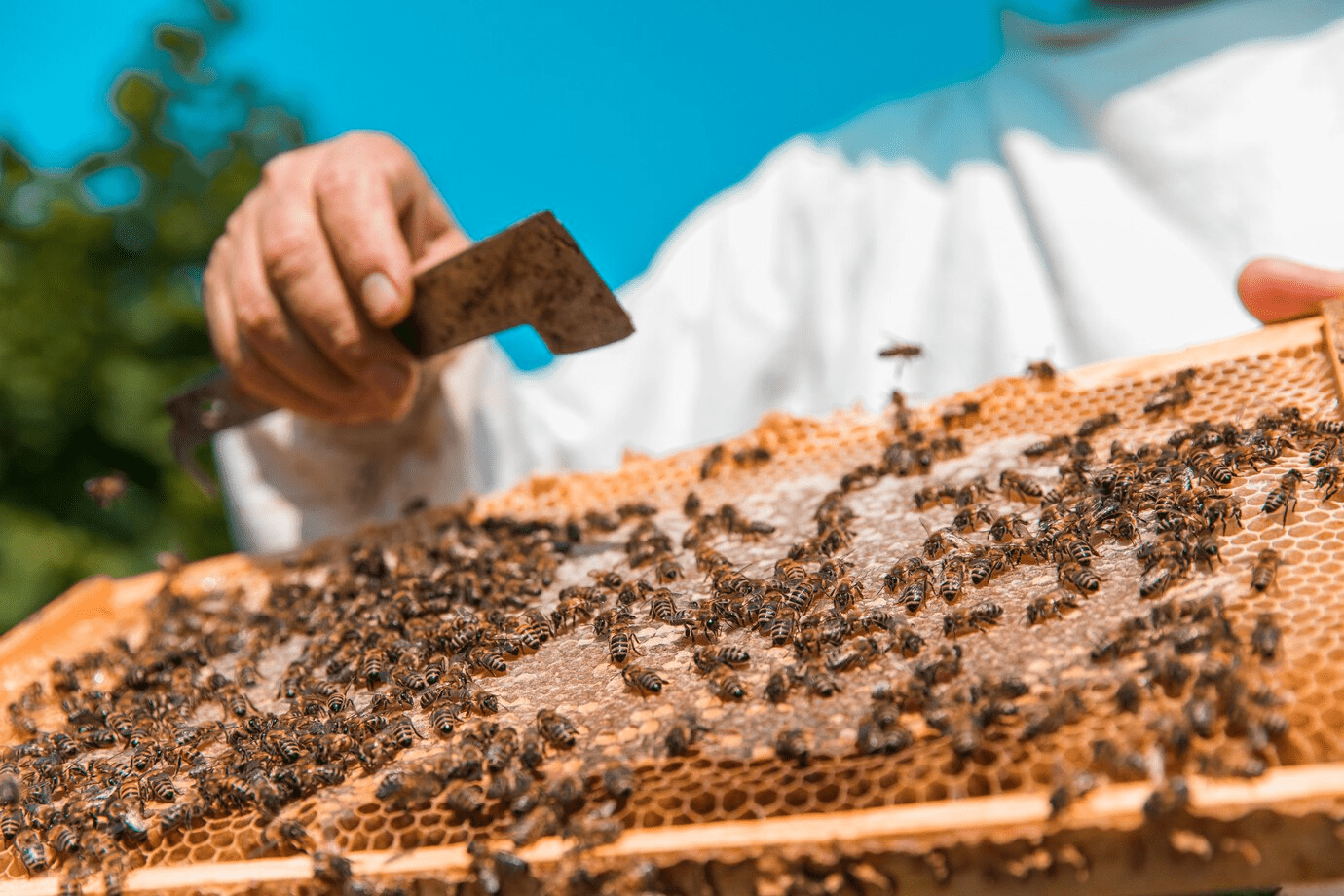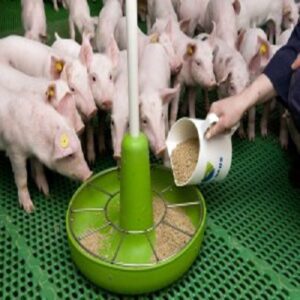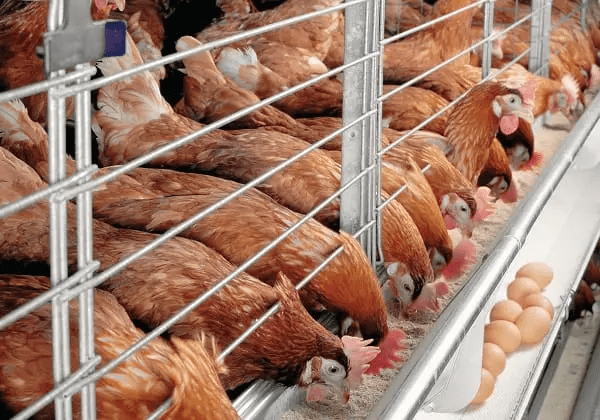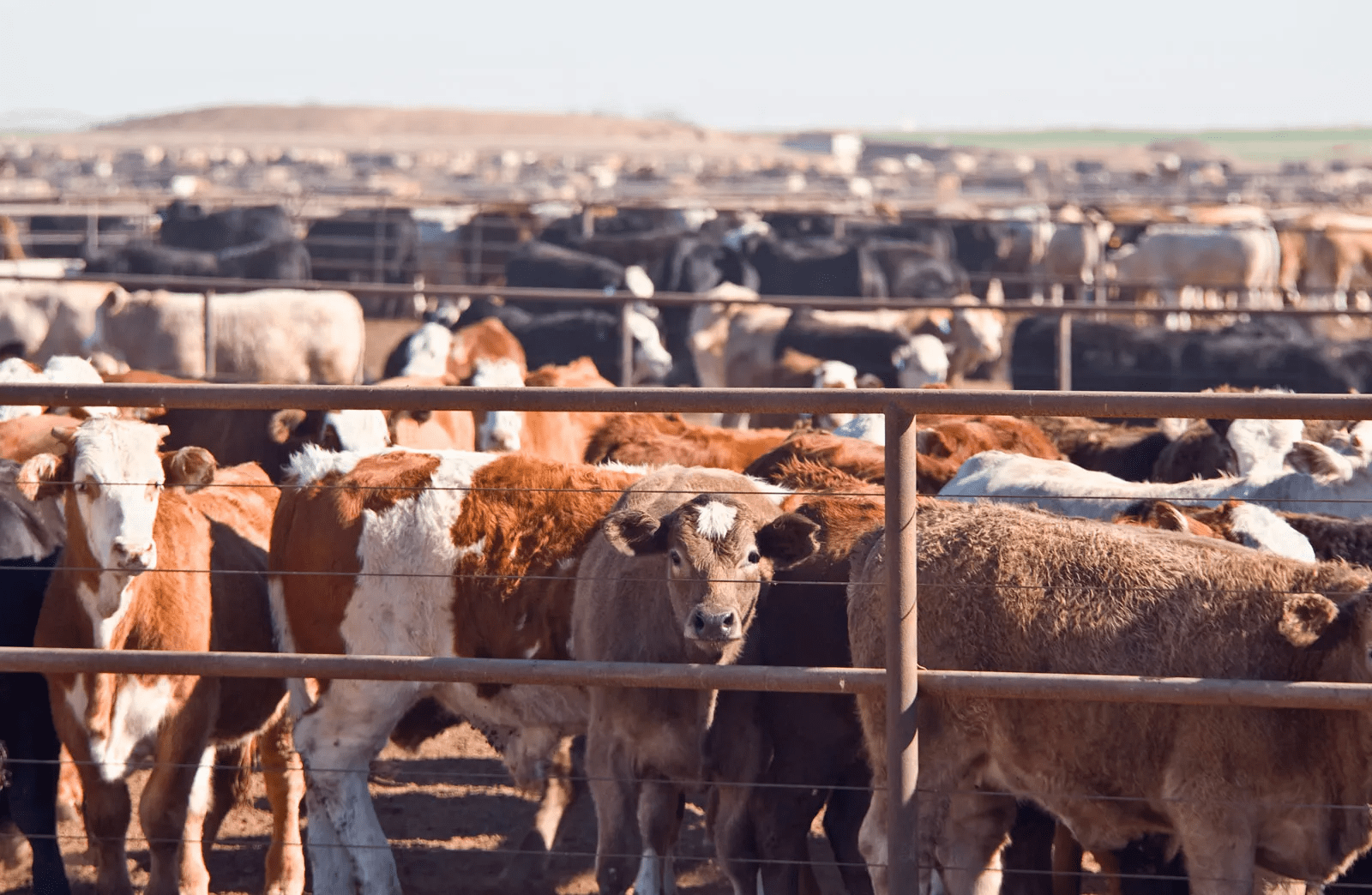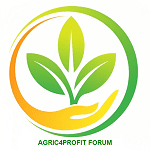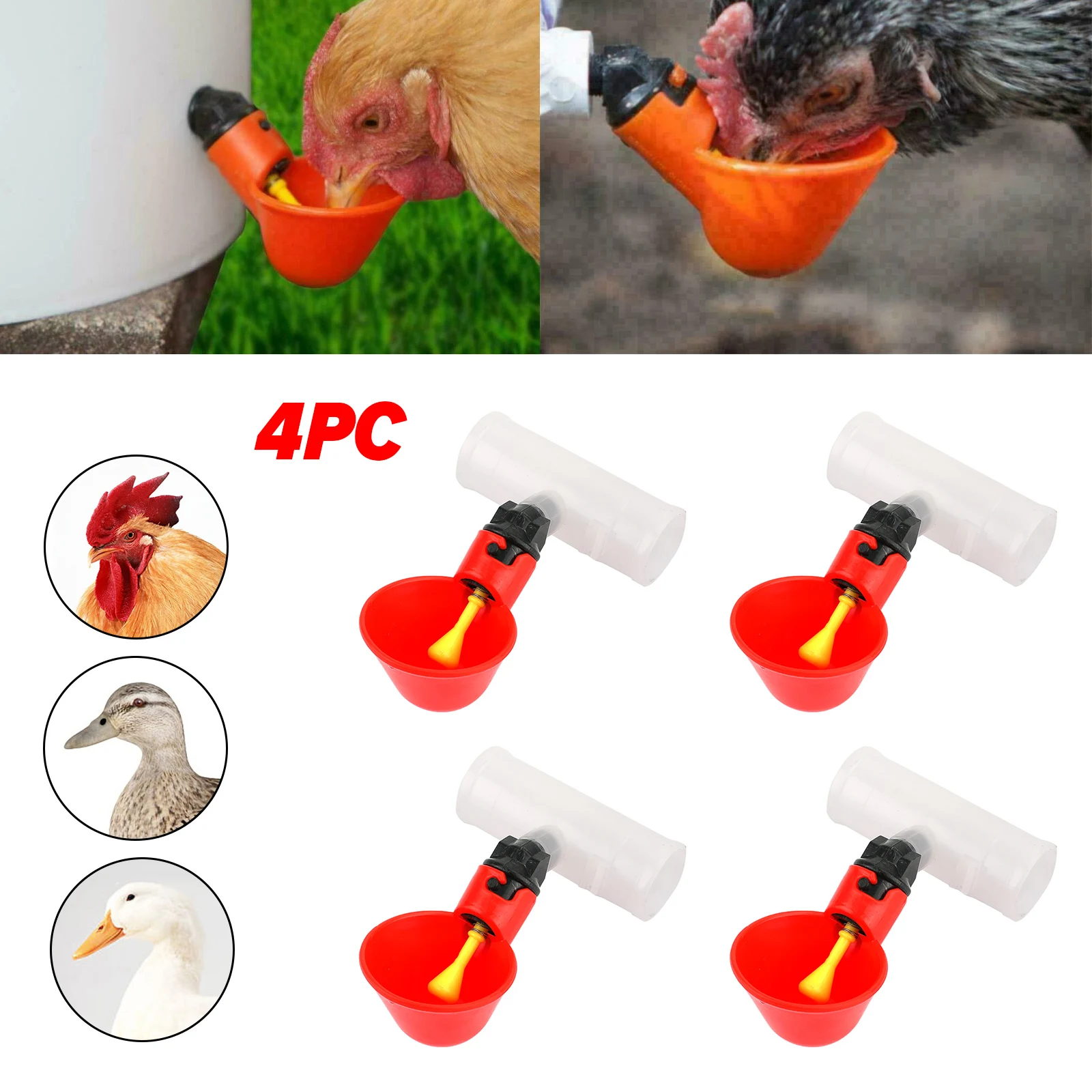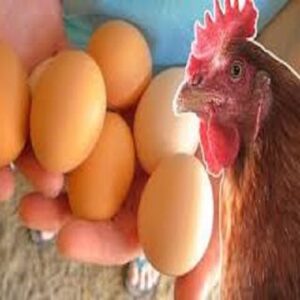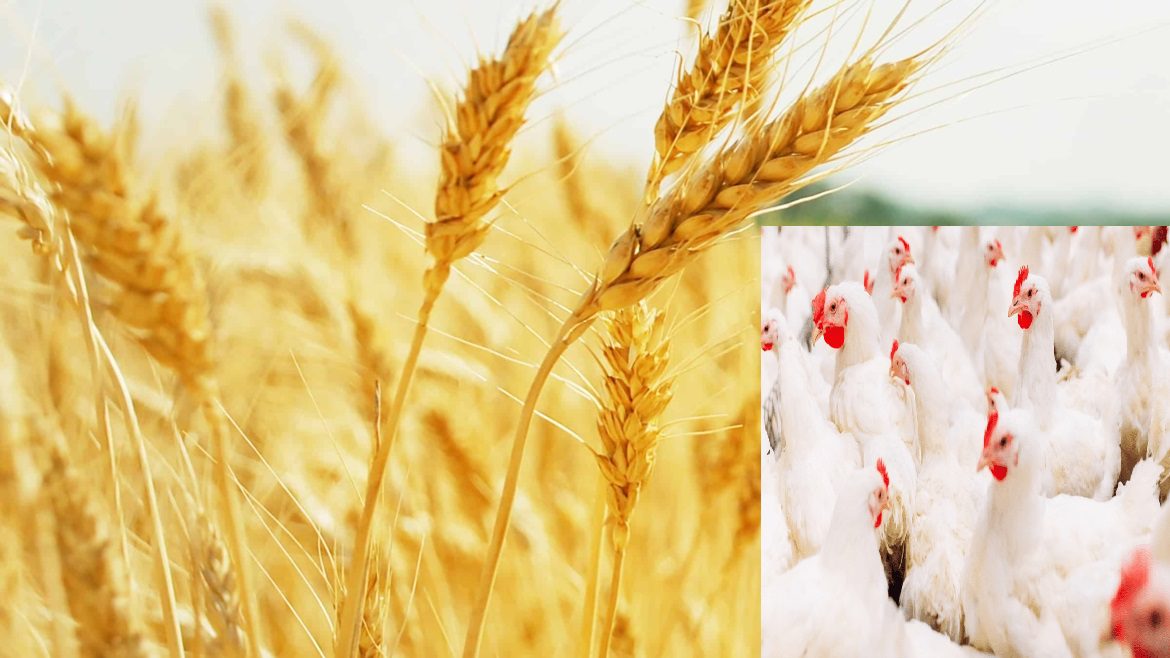
Agric4Profits.com – Your Comprehensive Practical Agricultural Knowledge and Farmer’s Guide Website…
It’s All About Agriculture – The Way Forward!
Browse Our Categories
Free Consultancy for African Women (Let’s Feed Africa!)
Free Agricultural Consultation Form
Latest Posts

10 Gesundheitsvorteile und Nährwerte von Orangenfrüchten
Orangen sind tropische Früchte aus der Gattung der Zitrusfrüchte, die weltweit angebaut werden und verschiedene sekundäre Pflanzenstoffe und Flavonoide enthalten. Orangen sind eine runde, segmentierte Zitrusfrucht mit einer entsteinten Schale.… Read More

